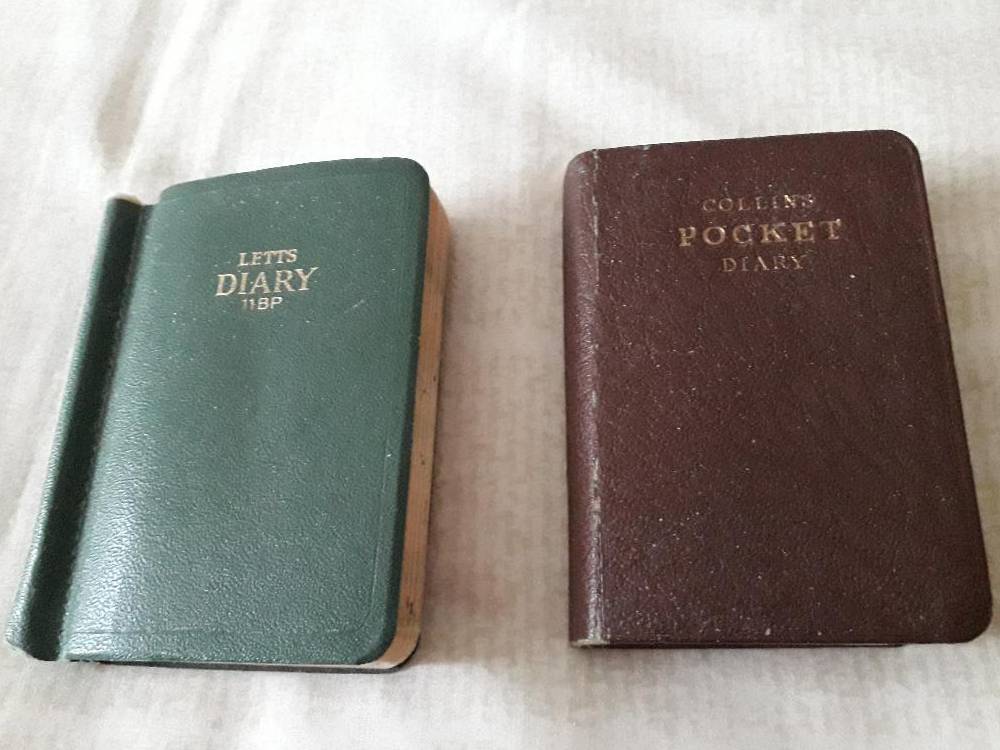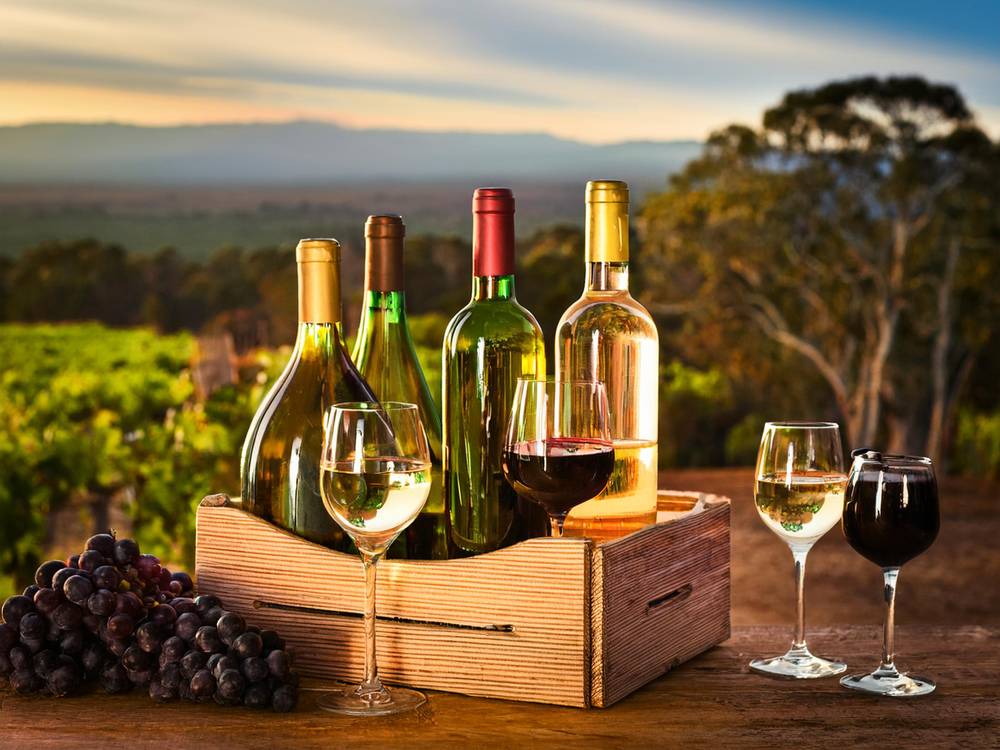Artist Helen Grimbleby unveils the next ‘episode’ of her Nature Sketchbook
August. Long school summer holidays in full flow. Seaside trips. Rock pooling, crabbing, fishing, sea swims, fish and chips, ice-cream.
Dip a bucket to find treasure; maybe shrimps, anemones, limpets, snails and crabs. Perhaps hiding in the seaweed, a starfish, a magical creature, textured moon rock, always holding form and what a beautiful form it is. Gently return the sea creatures to their rock pool home to refresh when sea water comes in or travel on the next tide.
If you don’t find a crab in a pool, dangle a line from the harbour and see what bites. Take care! Their claws can nip.
Carefully swim, not too far now. Or snorkel. There’s a whole mysterious world just below the surface.
Ice-cream can be so nice and cool on a hot summer’s day, especially for cheeky herring gulls.
The ocean is hugely important to “Regulate rainfall and droughts, hold 97% of our planet’s water, and absorb CO2, help keep the carbon cycle in balance. From food to jobs, it’s a lifeline for billions of people, too” (World Economic Forum)
All is not well with our water systems. 75% of UK rivers pose a risk to human health. Only 14% of the UK’s rivers are in good ecological health, even then, they fail to meet chemical standards. Read more from The Rivers Trust or Surfers Against Sewerage. Significant polluters are often large organisations. We can care and be responsible for how we use our sewerage systems. Better to start somewhere, no?
De-stress. Walk along a river or a canal. Rest by a beautiful lake or pond.
Dragon flies, damsel flies, kingfishers are just a few streaks of bright colour you might see. According to scientific research being around water is fantastic for our emotional and psychological well being and an antidote to our often otherwise frenetic lives.
“Plans to protect air and water, wilderness and wildlife are in fact plans to protect man.” Stewart Udall
Helen Grimbleby is a West Berks/ North Hants based artist who is inspired by the natural world’s changing seasons. After exploring outside, she enjoys writing, illustrating and painting larger landscapes at her home studio (@helengrimblebyart).













